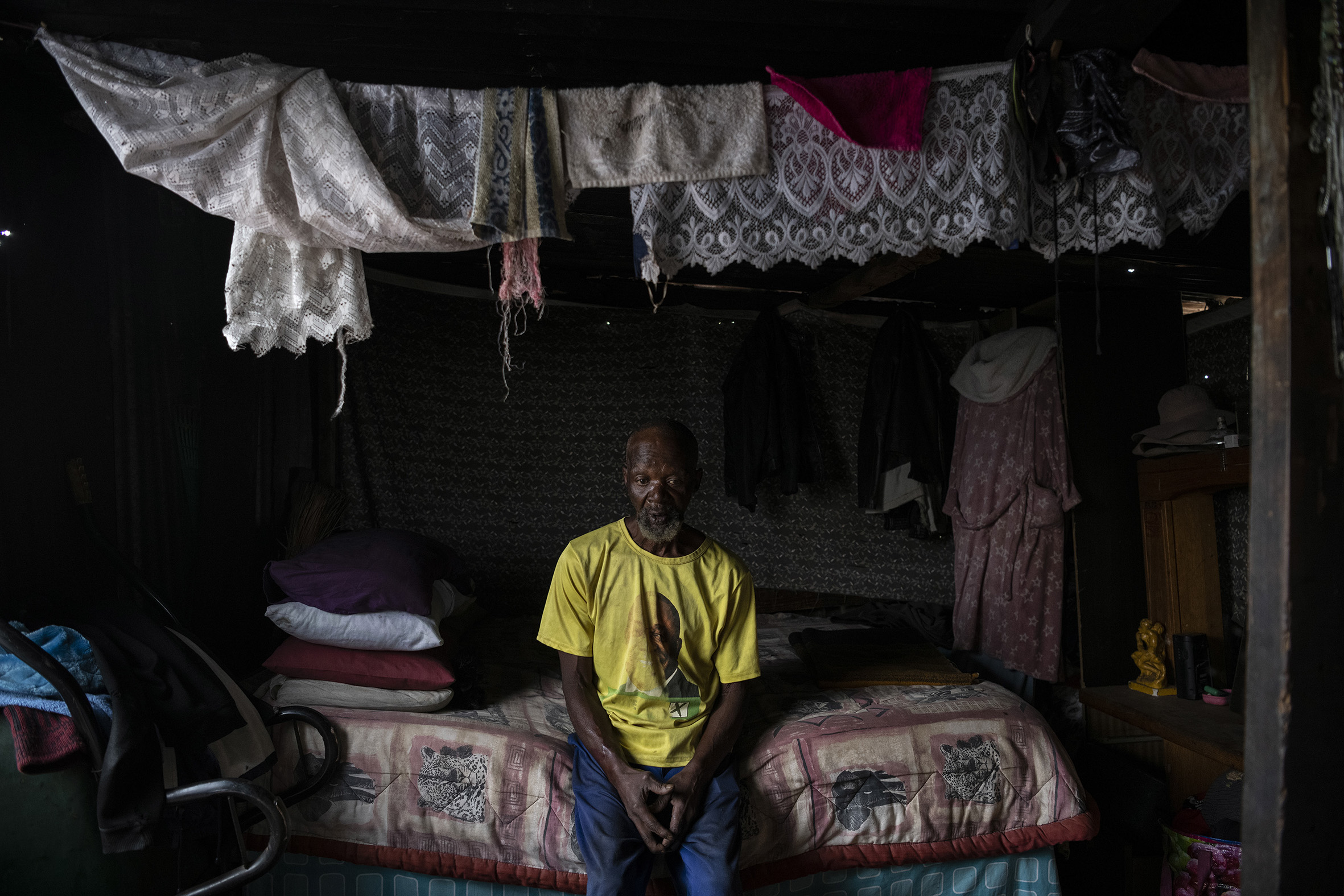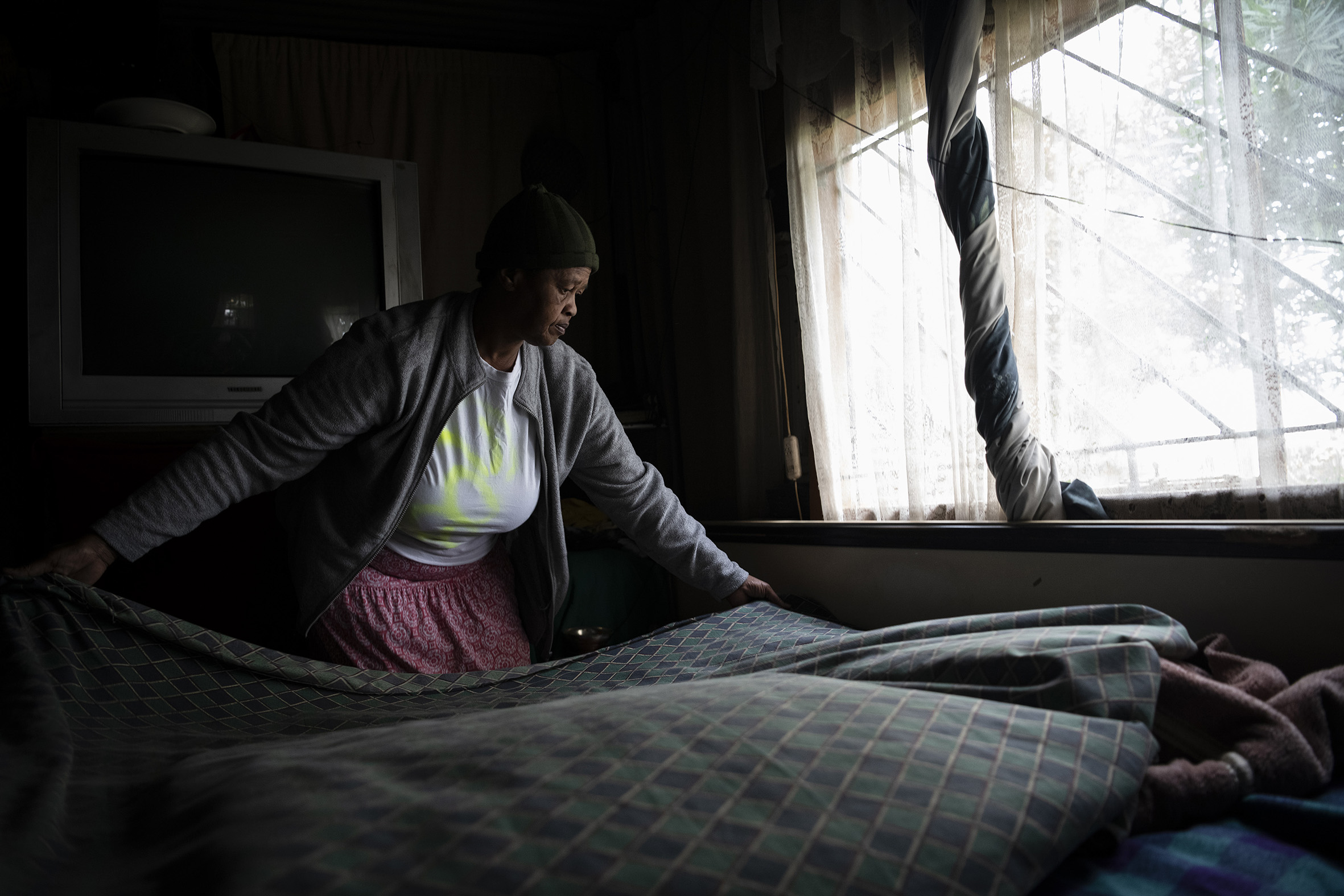Paraffin: destructive, expensive but essential
As fuel prices continue to rise, so too does the price of paraffin. People who are most dependent on it, especially in shack settlements, have to pay more for that which kills them.
Author:
6 April 2022
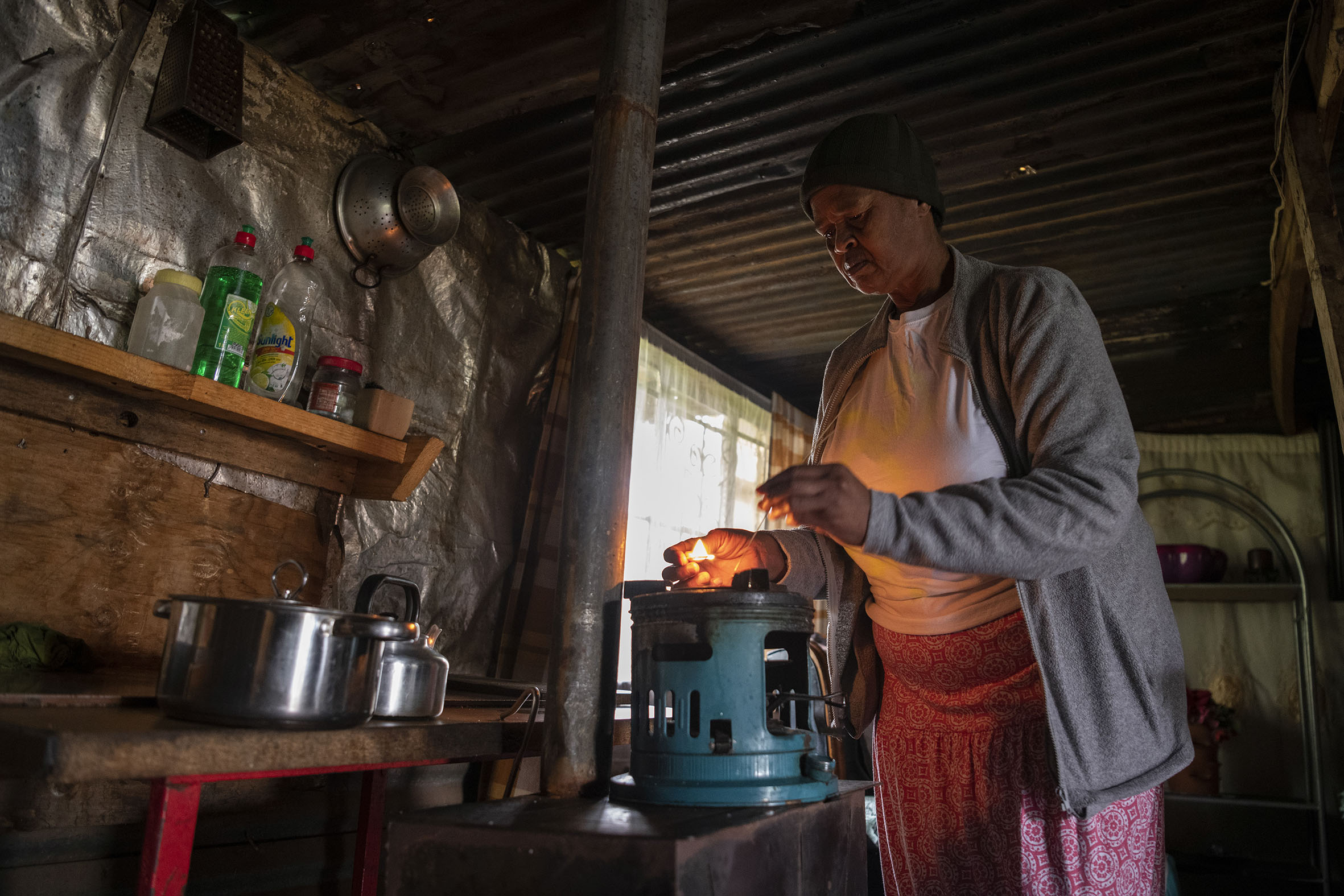
The Doornkop shack settlement, in Soweto’s far western fringe, was built in the shade. More than 1 400 homes were erected under old peach and mulberry trees. Their fences are adorned with string beans and the pink, purple and white of morning glory flowers.
But more than the shade, the people who call Doornkop home know the settlement by its smell. The sickly sweet stench of paraffin – somewhere between firelighters, petrol and overripe fruit – pervades the settlement. It is dyed into clothes, it clogs homes and it seeps into the alleys between neighbours. “Even if it’s next door, I can smell it,” said Aleta Dlamini, 67, whose tuberculosis-related ailments prevent her from using paraffin. She is one of a few people living at Doornkop who does not use the fuel.
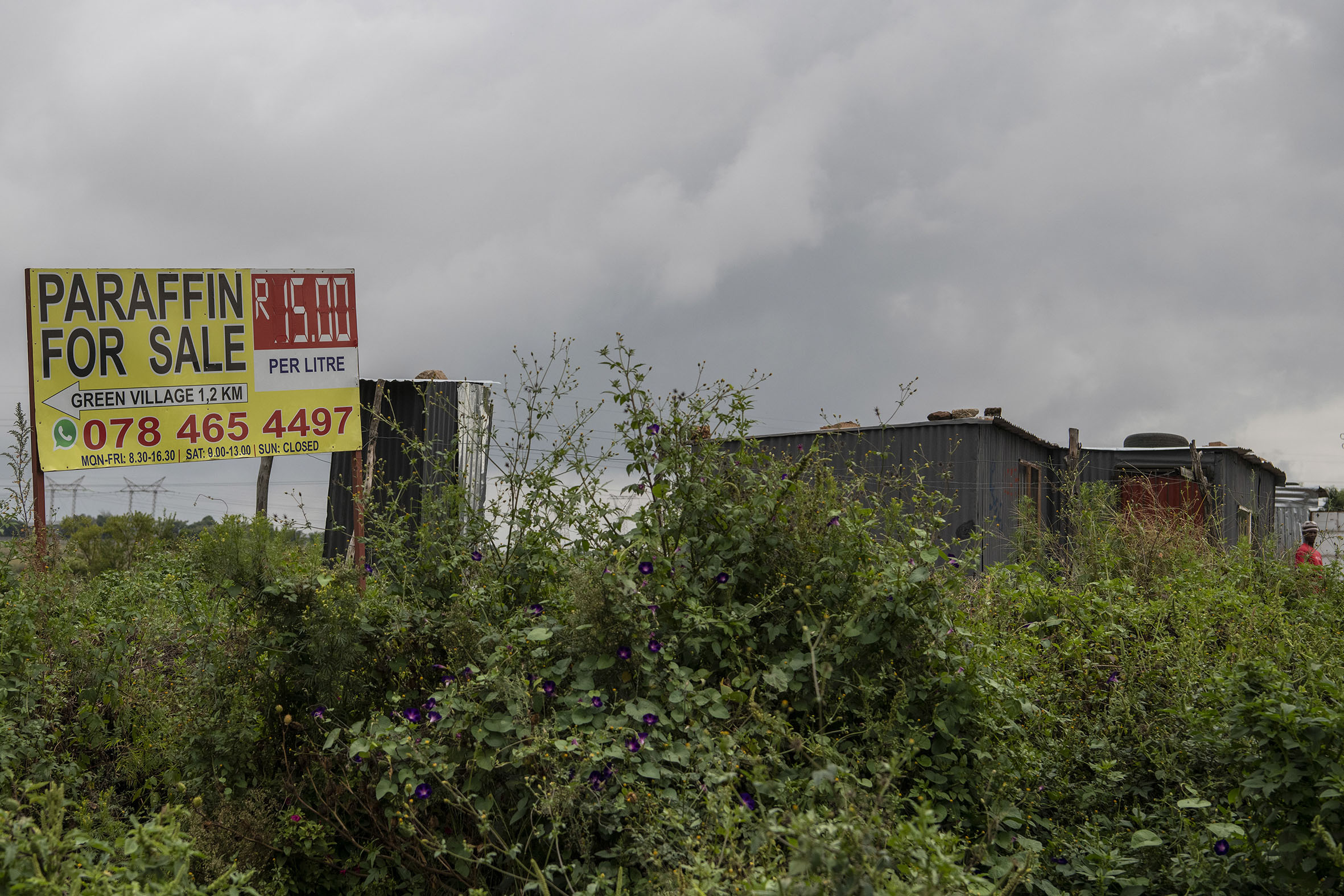
Doornkop has been without power for the better part of three decades, since people first started building their homes there in the early 1990s. Without electricity to cook meals or light and heat homes, paraffin lamps and primus stoves have become ubiquitous.
Fewer people in South Africa – around two million – are cooking with paraffin than ever before. But it is difficult to imagine a substance that remains as drenched in South African inequality. According to 2015 Statistics South Africa figures, more than 14% of the country’s most impoverished 10% of people used paraffin to cook their meals. The corresponding figure for the wealthiest 10% was only 0.1%. The Eastern Cape is the only province that is more dependent on paraffin than Gauteng, where most of Doornkop’s residents are among the nearly 6% of people in the province who cook with the highly refined fuel.
With limited oil reserves, almost all of South Africa’s crude requirements are met by imports, mostly from the Middle East and west Africa. Oil that starts on Saudi Arabian and Nigerian fields is transported along pipelines, railways and on tankers before it is refined, moved to depots inland and eventually onto the shelves of stores like the one owned by Michael Mangani, on Doornkop’s northern edge.
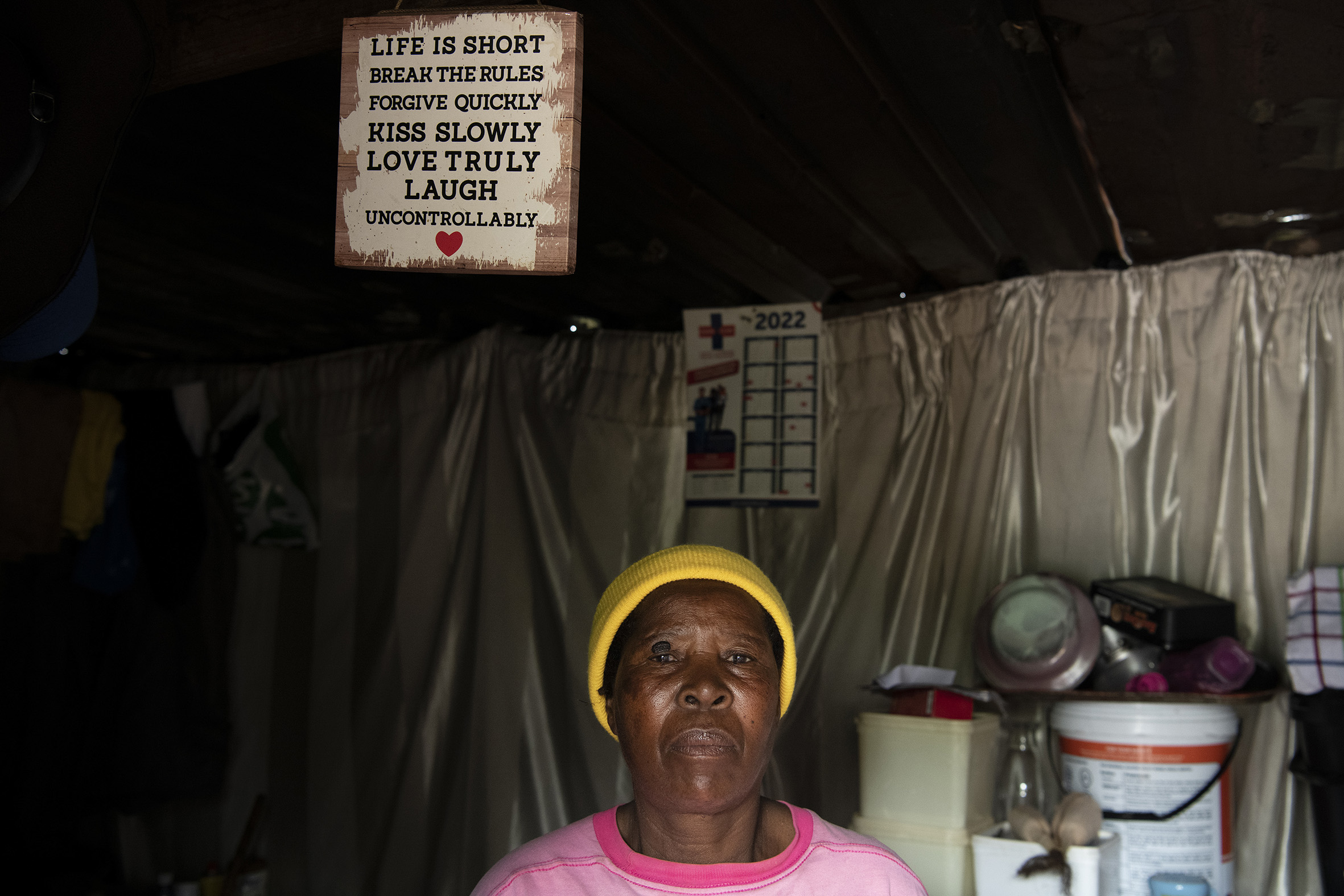
The price of the paraffin on Mangani’s shelves – currently R16 for a litre – is heavily linked to the supply and demand for petroleum products on international markets. Along with Doornkop’s other shop owners, his decisions are determined by processes as fickle as the exchange rate between the rand and US dollar, the weather in the northern hemisphere, and, most recently, the economic sanctions on Russia in the wake of its February invasion of Ukraine.
These dynamics set in motion a supply chain that ends in distrust at stores like Mangani’s. Every fuel price hike demands that end sellers, like Mangani, take bigger paraffin suppliers at their word on inflation. And, with fuel now at record highs, store owners who ordinarily depend heavily on the sale of paraffin are under threat of going under. “I just hear from the manager [of the paraffin depot] that the price has gone up,” explained Mangani. “It kills my energy. My mind goes down. I have to think about leaving this.”
With yet another fuel price increase on 6 April, Doornkop residents will think twice before making a cup of tea or cooking a pot of pap. But while daily life is nearly impossible without paraffin, the dull, burnt-brown zinc sheets of Mohlahloe Mapolane’s home are a reminder that paraffin is also Doornkop’s draught of death.
Fires and other hazards
On one recent early morning, Mapolane woke to a home engulfed in flames. While she managed to rebuild it, she is haunted by her narrow escape and said she is frightened every time she has to light the misfiring primus stove she uses to cook. “I’ve got no other way but to live like this,” she said.
The experiences of Mapolane, and a host of other Doornkop residents, give the lie to previous observations by some social scientists that the continued use of paraffin for cooking is, in part, because “people are fearful of their ability to control the use of electric power”.
Thembi Madida, for instance, “hates” the product “with all [my] heart”. The grandmother of three and great-grandmother of two has lived in Doornkop since 1997. She once watched helplessly as her daughter ran from her home covered in flames after a primus stove explosion. “It doesn’t give you a sign,” she said. “It comes up like a bomb.” Madida also said she has lost several neighbours to shack fires. “We bury them from that paraffin,” she said.
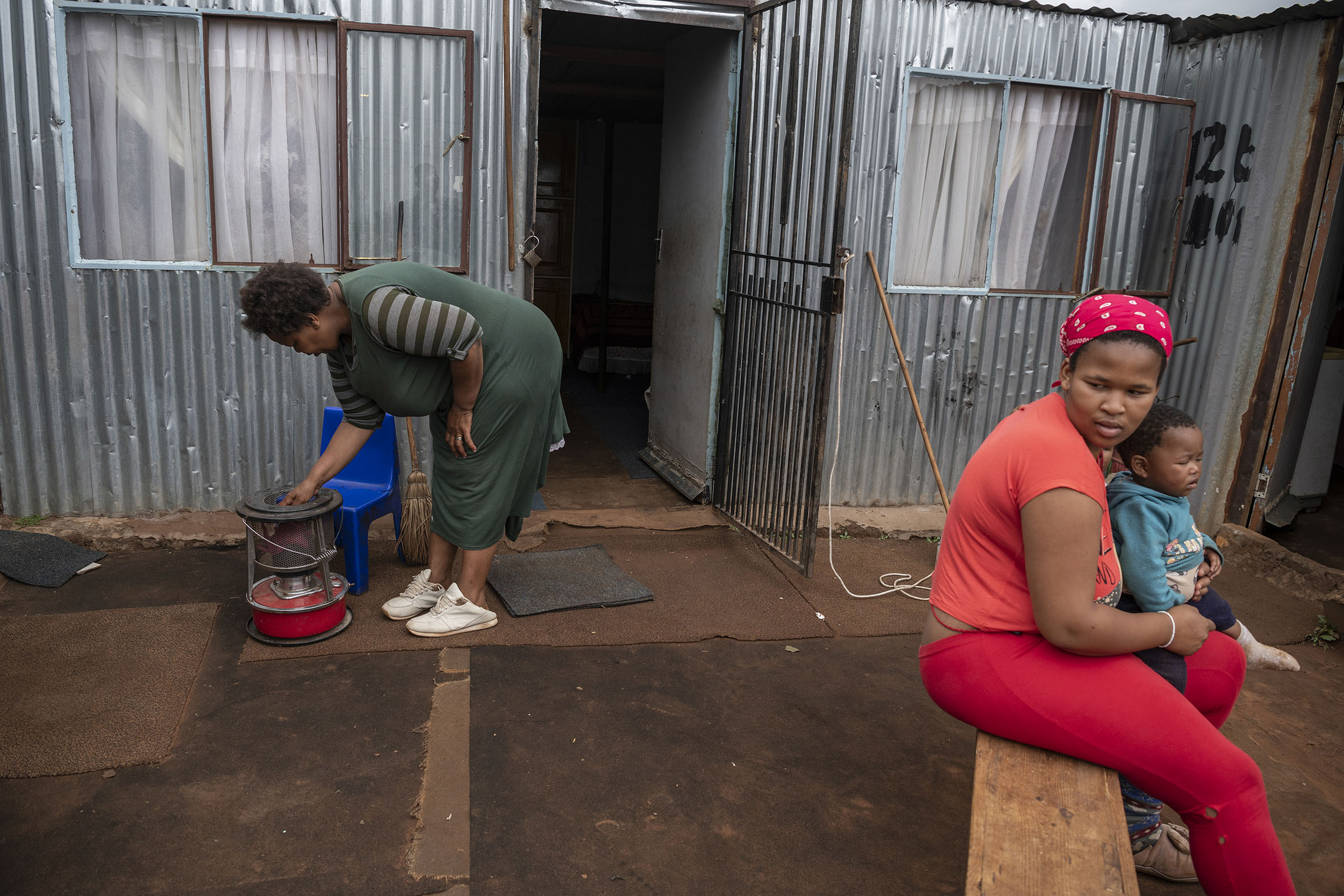
A recent, first-of-its-kind study of burn fatalities at a large Pretoria mortuary between January 2011 and December 2015 found that, despite 75% of the city living in “formal” homes, more than two-thirds of the people who burned to death there lived in shacks. It is a figure that was “probably underrepresented as detailed information on this type of dwelling was not available”. In 14% of these fire incidents, more than one person died. The World Health Organization estimates that nearly R400 million is spent every year caring for the survivors of paraffin burns in South Africa – and that is above the lost wages, emotional trauma and extended care for deformities.
The violence of paraffin is often slower than fire. Oscarine Vula, 52, built her home at Doornkop during Covid-19 lockdowns. She suffers from chest and eye pains that make sleep difficult. They are consequences of a life governed by paraffin. Even simple tasks and actions are a double challenge for her. For Vula, closing windows and doors against the rain means enduring the invasive smell of paraffin, for instance. Her shack has very poor ventilation. Providing light for her children’s studies, through paraffin lamps, produces other troubles. “Amehlo abo ayalila (their eyes tear up),” she said.
Sibongile Sibanyoni, 42, a Doornkop herbalist who struggles to keep medicines like cough mixture and imbiza (a herbal concoction) refrigerated, said that most of her Doornkop patients suffer from what she thinks are paraffin-induced chest problems. One Sasol safety data sheet points out that, among other complications, paraffin “may cause drowsiness and dizziness”, “may cause cancer”, “may cause lung damage” and presents a “possible risk of harm” to unborn children.
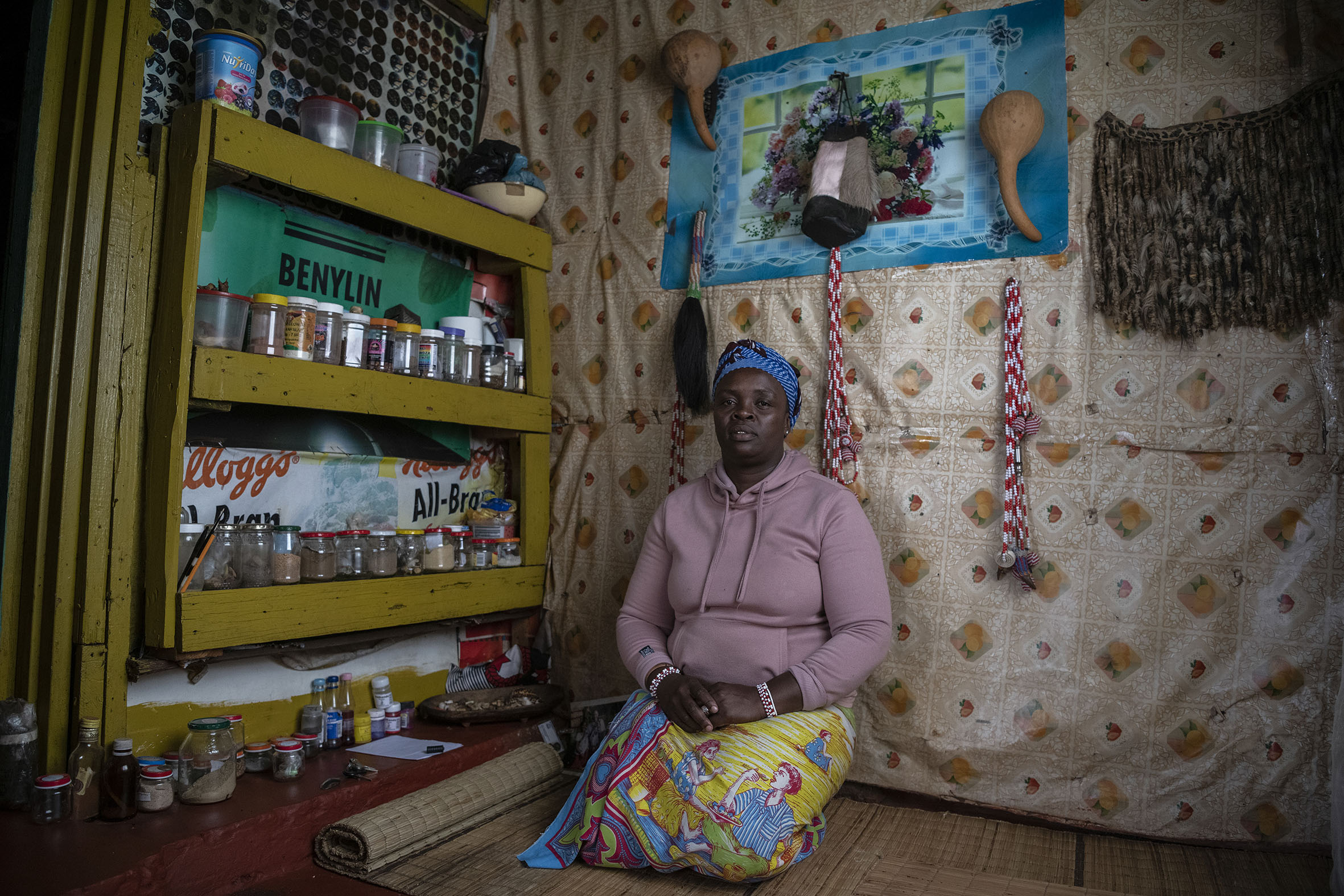
Doornkop residents believe electricity would improve their lives. Experts have long held that they are right for believing that.
In 1998, a white paper on South Africa’s energy policy emphasised the importance of household access to energy for cooking, heating, lighting and communication. By 2016, the Integrated National Electrification Programme (INEP), established within the department of energy, had delivered access to electricity to nearly nine in every 10 “formal” homes. Yet, barriers to the universal electrification envisioned by INEP – a programme historically hostile towards shack dwellers – persist. Left in the hands of local authorities, electricity often only arrives at shack settlements after decades of struggle and, often, litigation.
At Madida’s home, which has been built in the shade of apple and citrus trees, nobody is holding their breath. At once practical (chilis, spring onions, mielies) and pleasing (monstera, hydrangea, geraniums), Madida’s garden stands out even in a neighbourhood as shady as Doornkop. The matriarch of one of the settlement’s founding families, Madida has laid her arms down: “We taught ourselves that paraffin is our life.”
